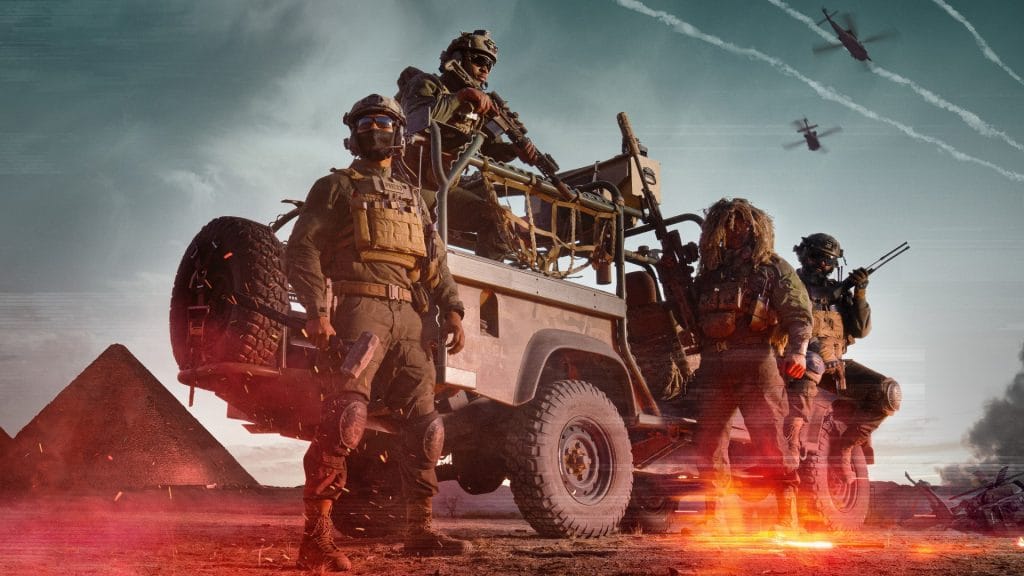Battlefield 6 packet loss — practical causes and reliable fixes
Battlefield 6Rubberbanding, teleporting, and the Wi‑Fi warning icon usually trace back to a few fixable network and system settings.

Packet loss in Battlefield 6 tends to show up the same way: rubberbanding during movement, teleporting players, delayed hit registration, and a warning icon next to your name on the scoreboard. Some players report the game ran smoothly during the open beta but became unstable after launch, with close-quarters fights feeling impossible. Others are seeing a persistent “Wi‑Fi” icon with an exclamation mark that signals unstable connectivity. The good news is that most of these symptoms point to a short list of likely causes—and practical fixes you can try right now.
Battlefield 6 packet loss symptoms and what they point to
| Symptom | Likely cause | What to try first |
|---|---|---|
| Rubberbanding, teleporting enemies/allies | Unstable client network (Wi‑Fi interference, bad cable) or server load | Use Ethernet, reseat/replace cable, restart gear |
| High PL% readings, jerky aim/movement | System power settings or NIC throttling under load | Set power mode to Balanced, reboot |
| Frequent “Connection failed” or lobby drops | DNS or routing issues to EA servers | Switch to a reliable public DNS, restart modem/router |
| Scoreboard Wi‑Fi icon with exclamation mark | Server-side instability or severe packet loss on the path | Try other servers later; report the issue if it persists |
Fix Battlefield 6 packet loss (start here)
Work through these in order. Re-test the game after each change.
- Restart everything. Close the game, reboot your PC or console, then power-cycle your modem and router (unplug for 60 seconds, plug back in and wait for full sync). This clears stale routes and renegotiates your connection.
- Use wired Ethernet. Wi‑Fi drops, interference, and roaming will surface as packet loss in shooters. Connect your PC/console to the router with a quality Ethernet cable and avoid powerline adapters if possible.
- Check your cable and ports. Inspect the Ethernet cable for kinks or damage, reseat both ends until they click, and try a different router port. Swap in a known‑good Cat5e/Cat6 cable to rule out a physical fault.
- Set your system power mode to Balanced. Some users have eliminated high PL% by switching away from “High performance.” Balanced modes keep network interfaces stable under load and prevent odd throttling behavior.
- Change DNS to a reliable resolver. Manually set your network to use public DNS such as 8.8.8.8 and 8.8.4.4 (Google) or 1.1.1.1 (Cloudflare). This can improve lookups and routing to login/matchmaking services.
Note: If you’re on shared home internet, pause large downloads and streaming during matches. Competing traffic spikes often look like packet loss in-game.
If the issue looks server-side
When multiple matches show the Wi‑Fi warning icon, or everyone in a lobby is rubberbanding at once, that usually isn’t something you can fix locally. Try again during a different time window, rotate through a few servers, and capture when/where it happens so you can report it. If the problem persists over several sessions, contact EA Support with your platform, region, and a brief description of the symptoms to help triage the issue.
A fast checklist you can run before your next match
| Step | Goal | Result to look for |
|---|---|---|
| Reboot PC/console and modem/router | Clear stale routes and resets | Stable reconnect, fewer drops |
| Switch to Ethernet, check cable/port | Eliminate Wi‑Fi interference | Reduced rubberbanding, steadier ping |
| Set power mode to Balanced | Prevent NIC/power-state hiccups | Lower PL% readings, smoother input |
| Set DNS to 8.8.8.8 / 1.1.1.1 | Improve name resolution/routing | Fewer login/matchmaking errors |
If you still see heavy packet loss after these steps, treat it as an upstream or server stability problem and try again later. For most players, moving to a wired connection, correcting cabling, using Balanced power mode, and resetting network gear are enough to stop the rubberbanding and get matches feeling consistent again.

Comments